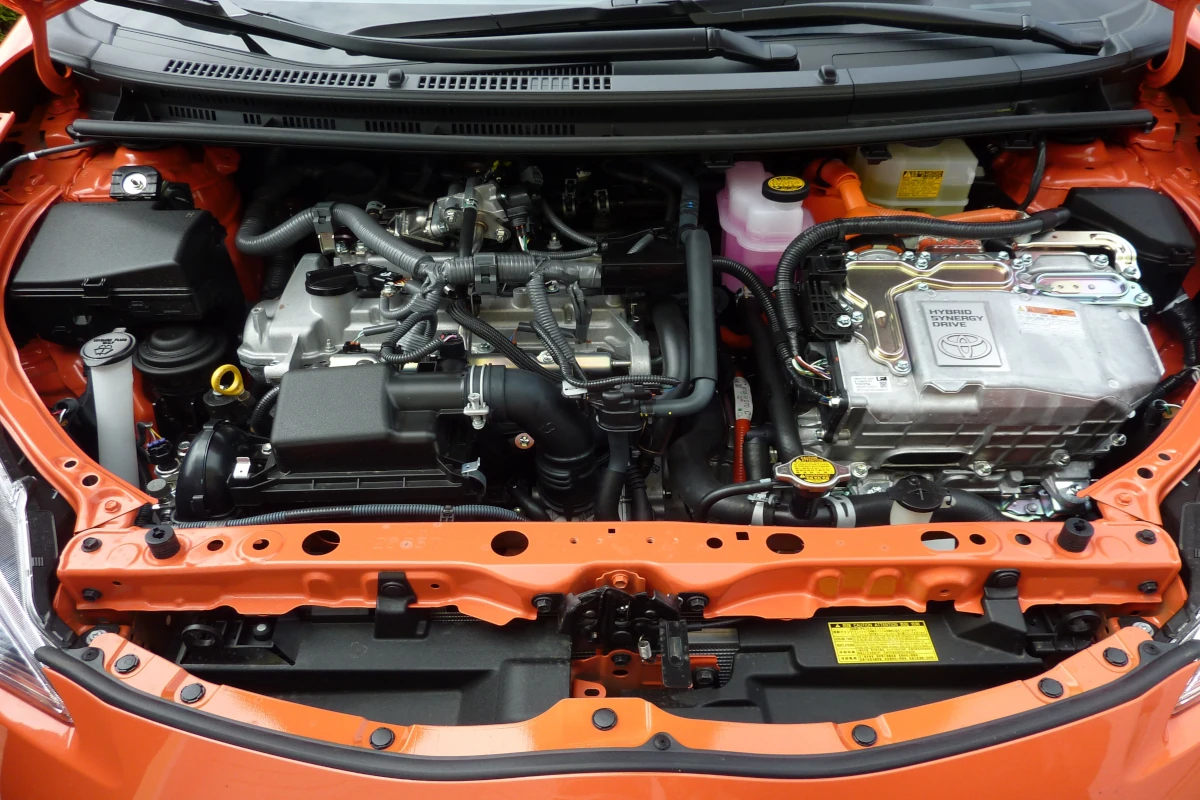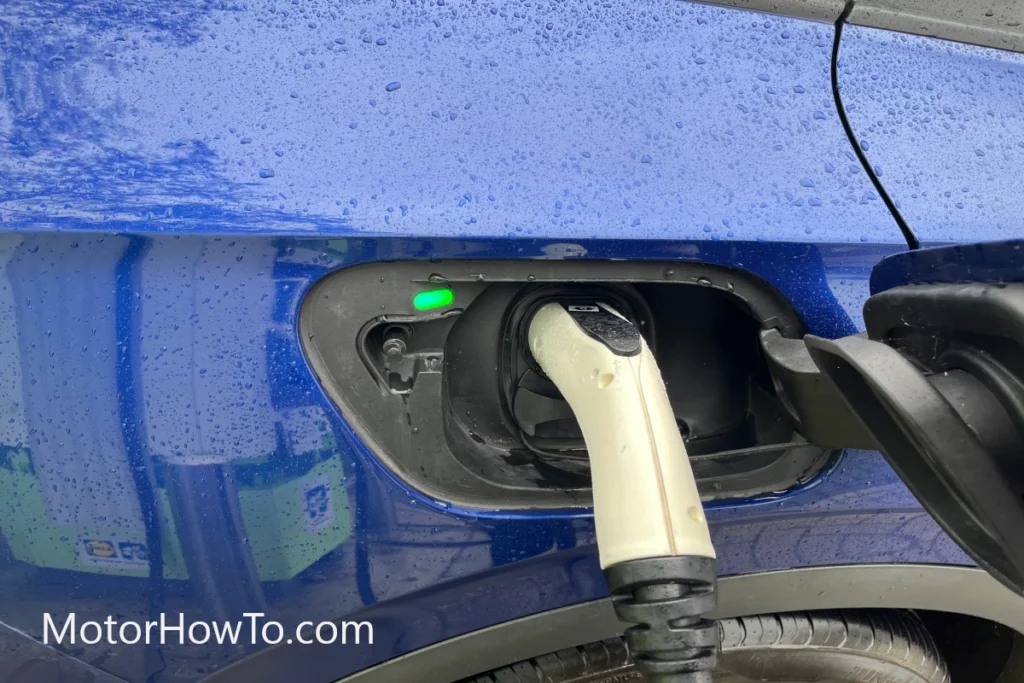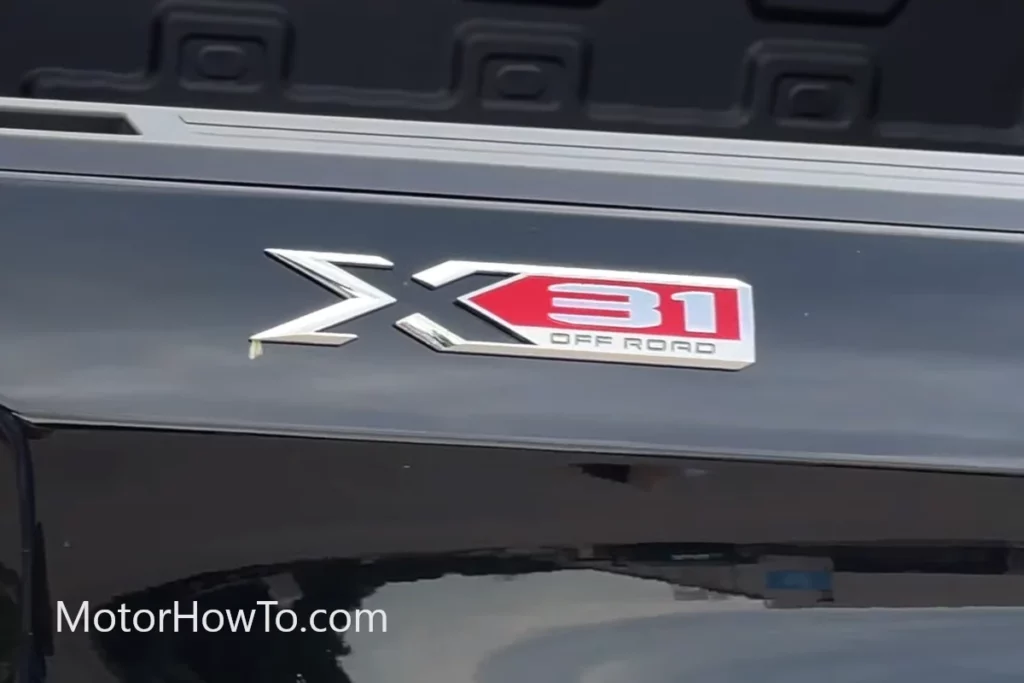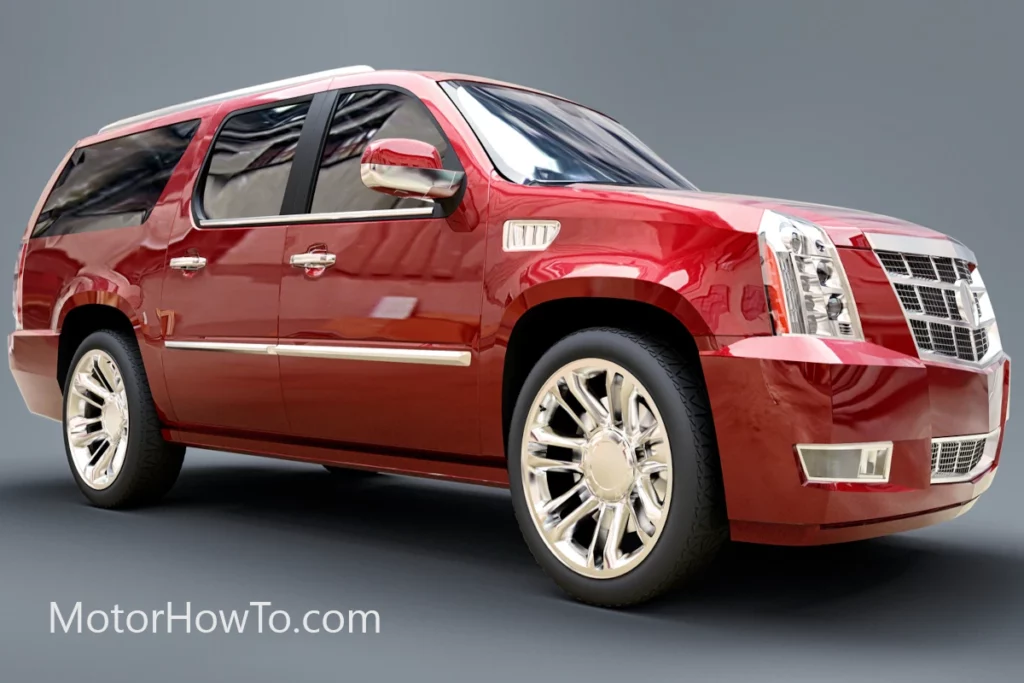Every car out there has a vehicle identification number or VIN, which is used to identify the car. Also called the chassis number, the VIN is unique to the car so that it would be easy to identify it.
In most cases, you can find the VIN on the body of the vehicle because of how it is usually tied car’s body. However, can you find the VIN in the engine?
Do VIN numbers exists on engines?
You can find the VIN on the engine because vehicle manufacturers usually stamp the VIN in select locations all over the car. Such locations include transmission, doors, dashboard, various panels on specific vehicles, and on the engine. However, it isn’t always the case that the VIN can be found on the engine.

The VIN is very important when it comes to identifying your car, especially in case there is a need to verify the ownership of the vehicle.
In a sense, the VIN serves as the vehicle’s fingerprint. That also means that it is unique to your own car. As such, it is important for us to know where we can find the VIN, regardless of whether or not it is on the engine.
Is the VIN on the engine?
One of the things that are used to identify our vehicles is the vehicle identification number or VIN. If we have our unique fingerprints, our cars also have some just as unique, and it comes in the form of the VIN.
Just like how our fingerprints are used to identify us, the VIN is also used to identify the car because that series of numbers is unique in the sense that no two cars can have the same VIN.
The VIN is often used for a lot of different purposes that are related to verifying the identity and ownership of the vehicle. Such purposes include used tracking recalls, registrations, warranty claims, thefts, and insurance coverage. This is why it is important for you to know where to find the VIN on your car.
As important as the VIN is, is it located on the engine, which is considered to be the most important component of an entire vehicle?
Yes, you can find the VIN somewhere on the engine block. That’s because some car manufacturers tend to put the VIN in a lot of different locations to make sure that you get to find them. As such, there are some car manufacturers that also stamp the VIN on the engine block; among all of the other places they stamp the VIN.
However, what you should know is that the VIN isn’t always found on the engine. There are some instances when the manufacturer doesn’t put the VIN on the engine block because there are other places where you can put the VIN on.
Of course, putting the VIN on the engine block may end up confusing some people because the engine also has a unique number that is different from the VIN.
Where is the VIN on an engine?
If you want to know if the VIN is on your engine or if you want to see where it is located, here are some instructions that you should follow:
- Pull the hood latch inside your car to release and open the hood. In most cases, the release hood latch should be located round around somewhere close to the steering wheel inside the car. You will be abler to see an icon that would allow you to know that this is the release hood latch button or mechanism.
- Once you have released the hood, open it carefully. Use the support to keep the hood up without the need for you to support its weight. Doing so will also prevent any injury if the hood suddenly slams on you.
- Look for your engine. Most engines will look similar such as when they have tubes and other different parts connected to them. In most cases, the parts found under your hood are centered around the engine.
- Once you have found the hood, you can look for the VIN stamp that is located near the engine block. In most cases, the VIN will not be found on the engine itself (to make sure that you don’t confuse it with the engine number). Instead, it should be found somewhere on the front of the engine block. If you can, use a flashlight or a rag to illuminate and wipe off any dust or dirt found on the engine block so that it would be easier for you to find the VIN stamp.
- After locating the VIN, you can jot it down on a notebook or a piece of paper. From there, unlatch the support that is holding the hood up. Close the hood in a manner that is careful and firm without slamming it.
Is the engine number the same as VIN?
At this point, you probably already know that the engine number is not the same as the VIN. This is the exact reason why some car manufacturers don’t stamp the VIN on the engine or somewhere on the engine block, as there are some people who might confuse the VIN with the engine number.
As mentioned, the VIN is used as an identification number for the entire vehicle or for its chassis so that it would be easier to verify the identity and ownership of the car. However, you should know that the vehicle does have different parts and components that can easily be removed or replaced. And this includes the engine.
Because the engine can be removed or replaced from the vehicle, it is important for it to have its unique engine number as well. The engine number is used to specifically identify the engine in case there is a need to verify whether or not the car’s engine was replaced. There are also cases where the engine number is used to identify the ownership of the engine, such as when some cars have been taken apart and put together.
All that said, the VIN and the engine number are entirely different from one another both in terms of what they are and in what purpose they serve.
Sources
How to Find a Car’s Engine Code in the Vehicle Identification Number (VIN)
How to Find Chassis Number, VIN and Engine Number of Your Car?



